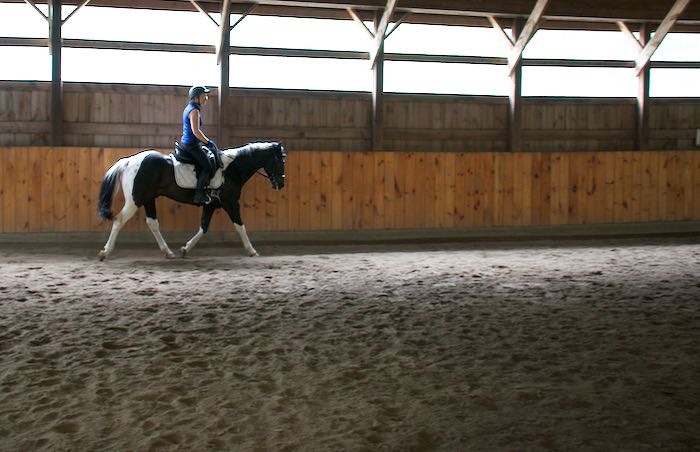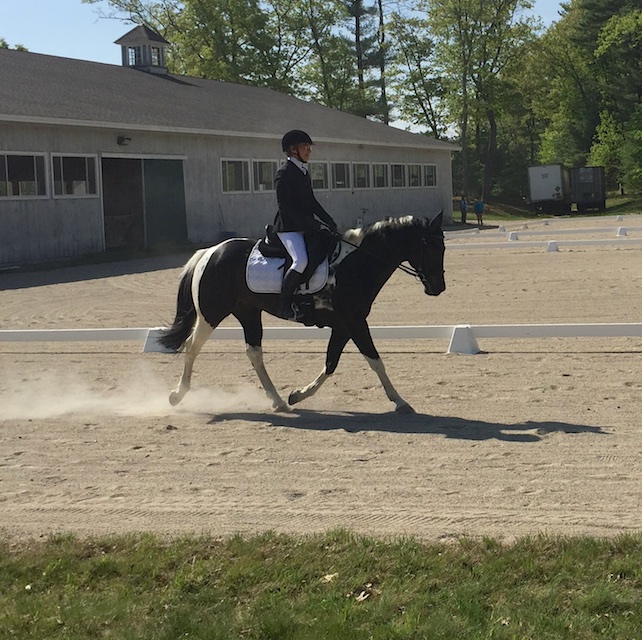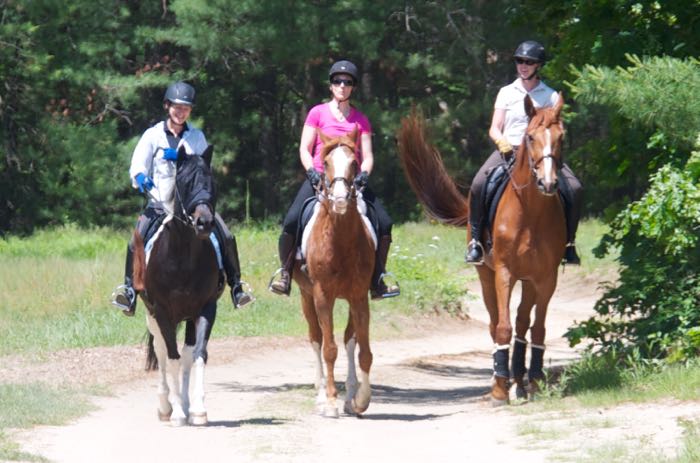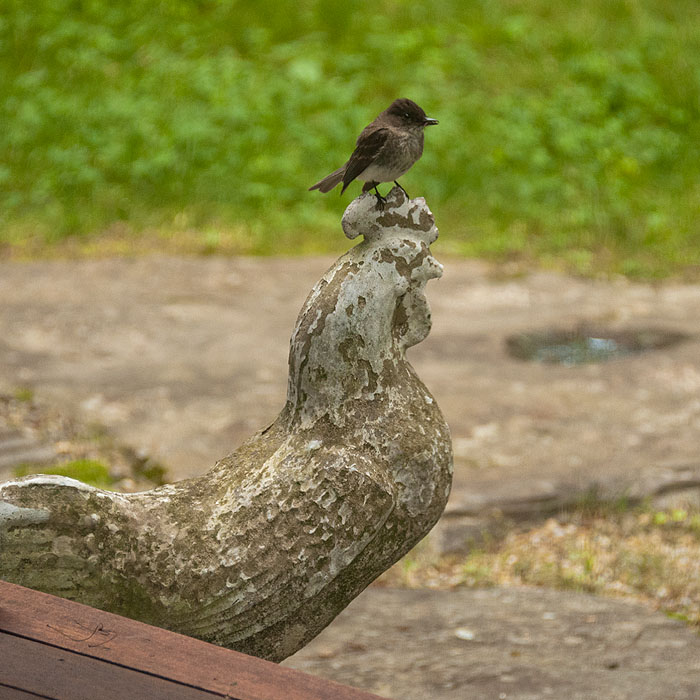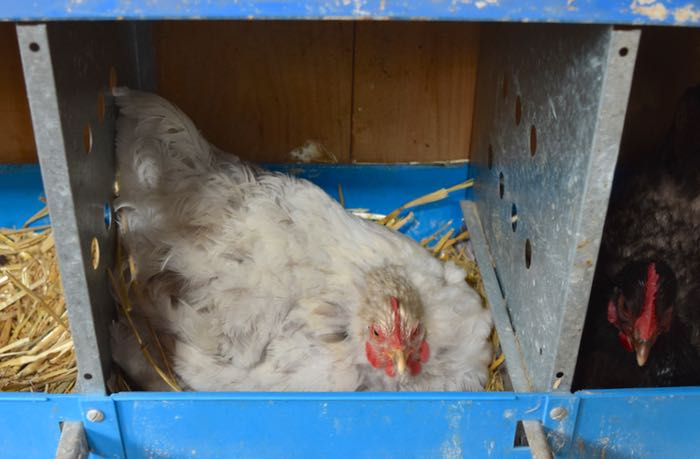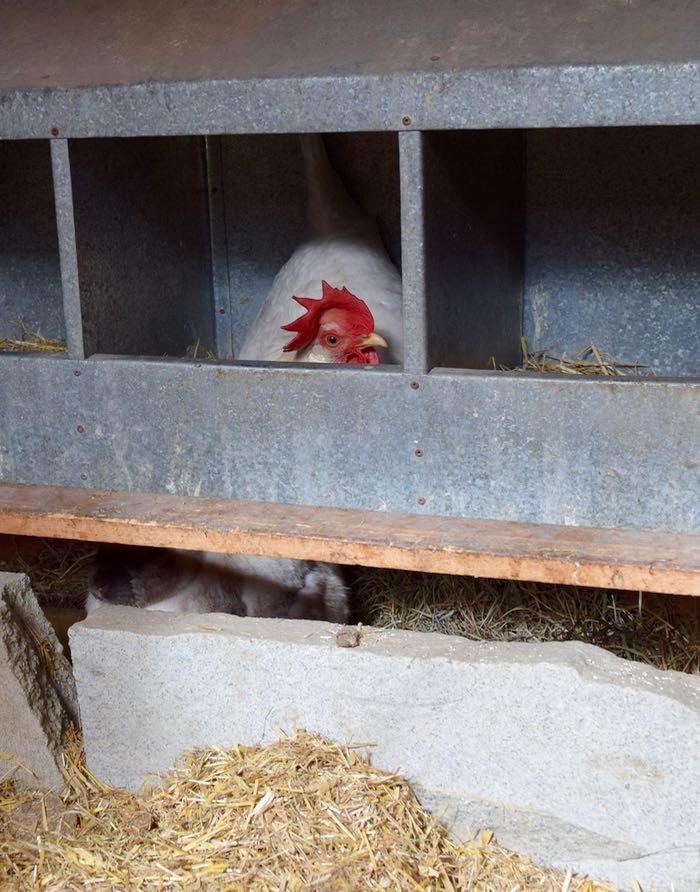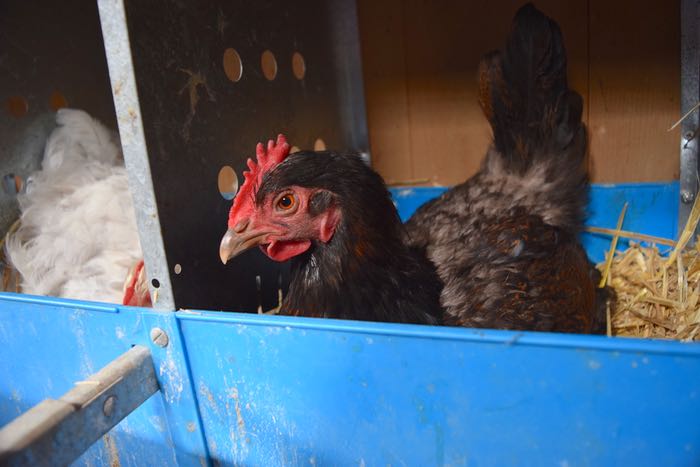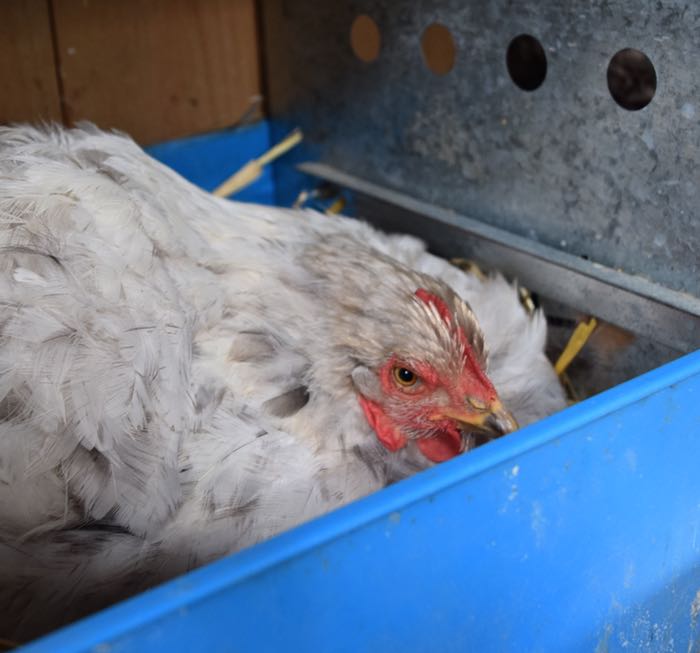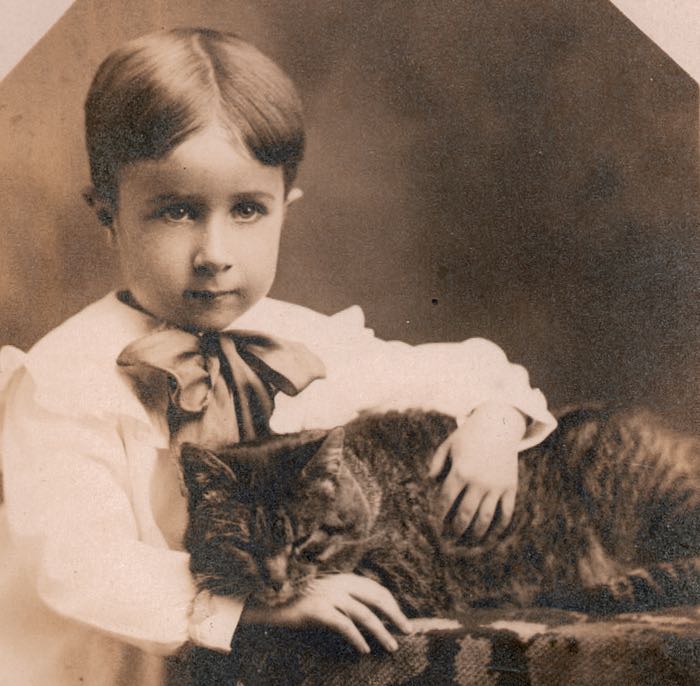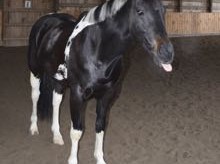Tonka and I have been busy. The sport that I do with him is dressage. You might have seen photographs of large and fancy horses trotting in place with their noses pointed to the ground. That’s dressage, but that’s not what I do. At dressage’s foundation is the belief that slow and systematic training can create fluid communication between the rider and the horse. Both become flexible and athletic. Movement flows. Dressage done right creates a horse and rider pair that is physically able to be a team for many years. Done right, you get into tune with your horse partner. You get so into sync that small shifts in position cue the horse. For example, if I shift slightly down with my hip, Tonka rises into the trot from the walk. If I take a deep breath and stretch my torso up, he slows. A change in how soft his mouth feels in my hands via the reins tells me how comfortable he is. Perfect communication and movement is hard to come by. Sometimes we feel it for only a second or two. We work at it.
I do this for the partnership, not because I have competition in mind. But, it’s fun to get out. It’s good to have a judge’s opinion of how we’re doing. At a dressage show you ride a preset test pattern, by yourself in a ring. A judge scores each movement.
We’ve been to three shows and ridden four tests. We’ve done well. Five blue ribbons (those are first places) and one second. (A couple of those extra ribbons were for high point placements in our division.)
But, I wouldn’t want Tonka to only see the inside of a ring. We get out. The other day, just the two of us went for an almost six mile ride through a forest.
We get out with friends, too.
Horse people talk about balance a lot. You have to have it when in the saddle, or you end up on the ground! I think that we should talk about balance in our lives with our horses, too. Time in the woods improves the time in the ring. And time in the ring opens the communication channels that make excursions into the woods safe and enjoyable.
Tonka and I help others to find this balance. We have clients that we’ll be introducing the wide world of the trails to. Details about this service is at my other website, The Cooperative Horse.
I also teach specific behaviors to horses using positive reinforcement and clicker training. For example, if you’re having trouble getting your horse to trailer calmly, a reward-based approach can ease everyone’s anxiety. One very useful behavior is to teach a horse to stay. You can find my instructions on how to do that here or on the Karen Pryor Clicker Training site.
